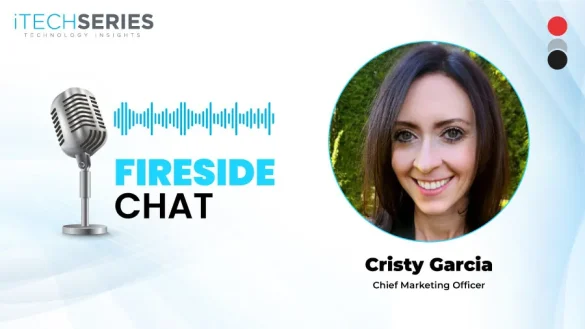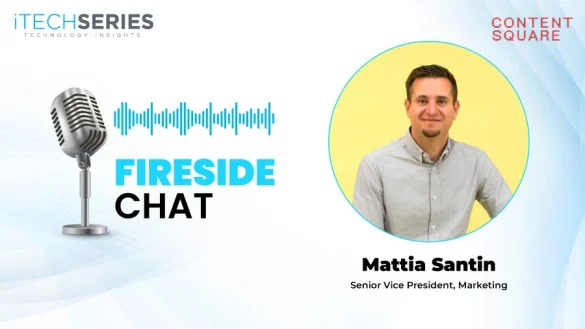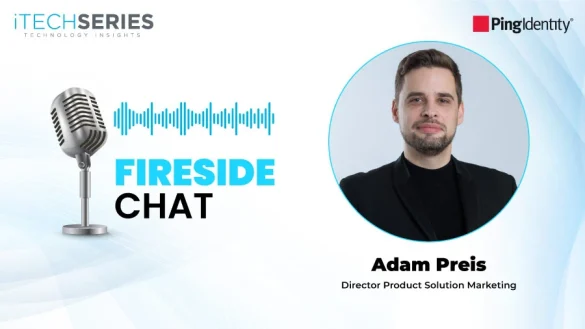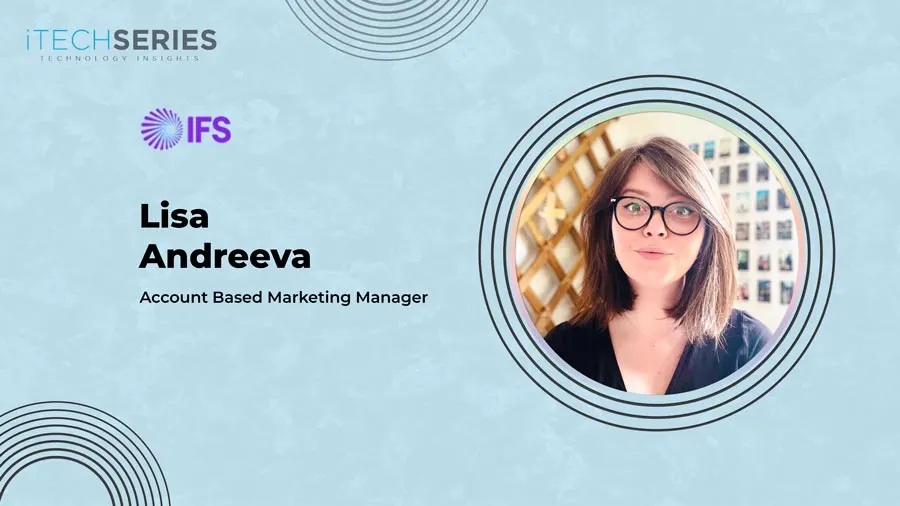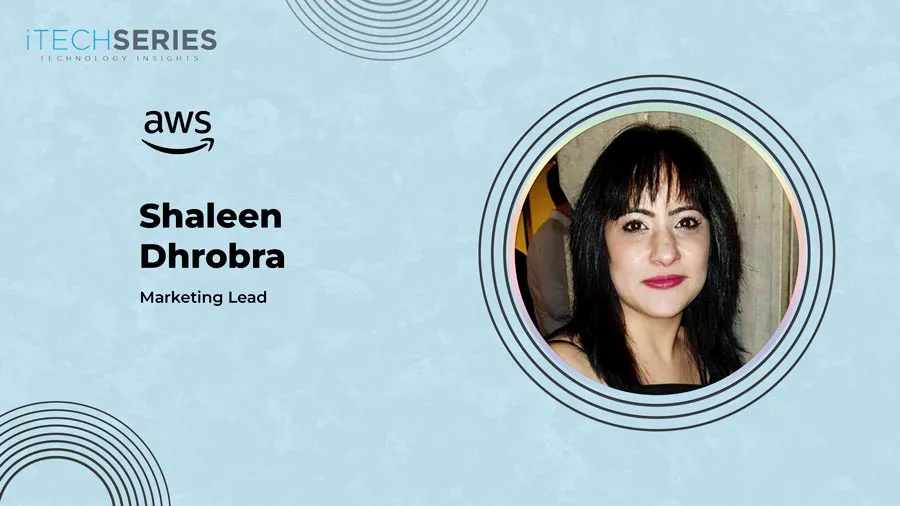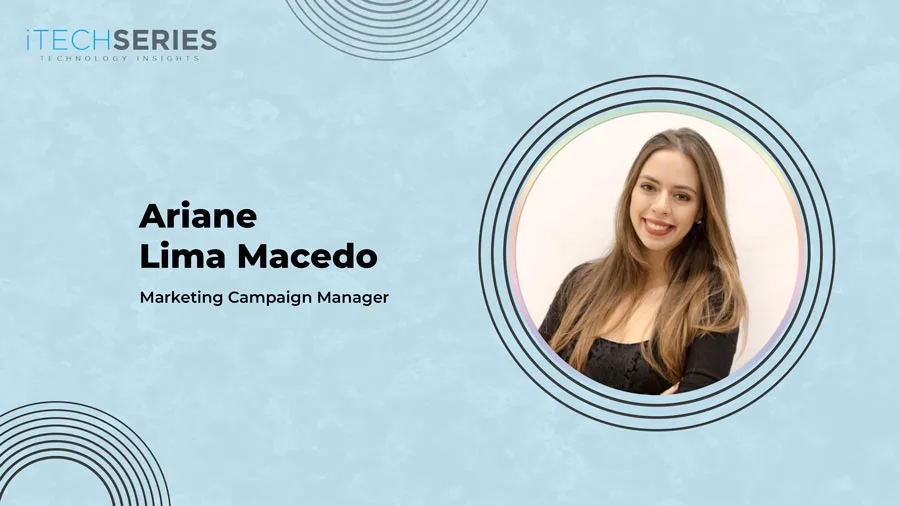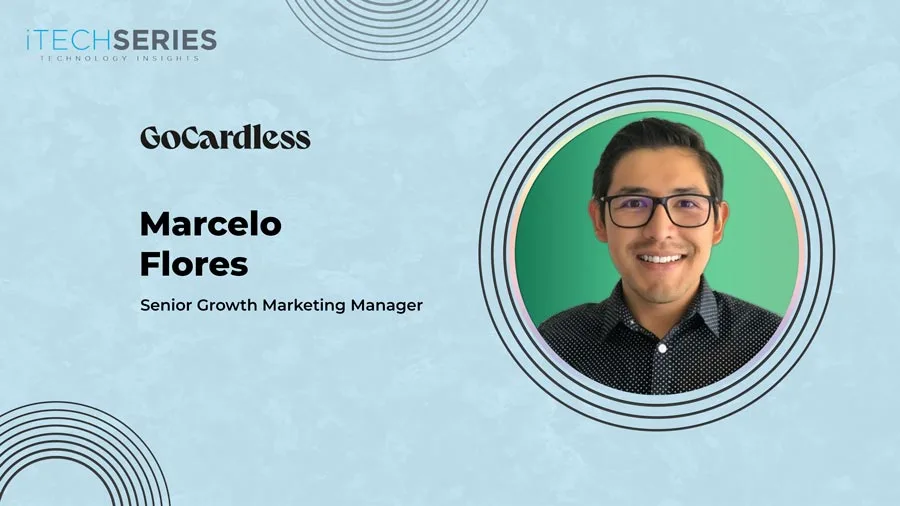Verónica Rodriguez, a seasoned B2B marketing leader from Red Hat, shares her journey from campaign marketing to leading strategic ABM and industry-focused programs. She dives into the power of cross-functional alignment, the balance between brand and demand, the evolving role of AI in personalization at scale, and the importance of adaptability in driving growth.
Welcome to the interview series, Veronica. Could you please tell us more about yourself and your marketing journey?
Thank you! I’m thrilled to be part of this. I’ve spent over two decades in B2B marketing, with a strong focus on demand generation, account-based marketing (ABM), and strategic growth initiatives. My journey began as a marketing manager, but I quickly gravitated toward different areas in comms and campaign marketing (and the power of data-driven decision-making). Later on, I worked in programs, and for the past few years, my focus has been on verticals/industries. Over the years, I’ve had the privilege of building marketing functions from the ground up and leading cross-functional go-to-market strategies at both startups and enterprise organizations.
How has cross-functional alignment helped marketing contribute more effectively to overall revenue goals?
When sales, marketing, customer success, product, and technical teams are aligned on focus, messaging, and goals, we not only generate higher-quality pipeline, but we also speed up sales cycles and improve conversion. One of the biggest enablers of that alignment is shared accountability. When teams collaborate on planning, execution, and reporting, marketing becomes a strategic partner rather than just a support function. At my current company, I’d also say a strong, shared culture has been key to making this work. That alignment has helped us run more targeted campaigns, win better deals, and drive stronger revenue outcomes.
Where can marketers strike the right balance between personalization and efficiency when running ABM campaigns?
This is a common challenge. For us, our program office’s tiering model and the ability to adjust it regionally have been essential. The way we tier our accounts gives us the flexibility to adapt the program quickly and effectively when things shift.
For top-tier accounts, high-touch personalization is a must. We focus on tailored strategies, custom content, and strong executive outreach to build deeper relationships. For the other tiers, we lean on scalable personalization techniques, like dynamic content, industry-specific messaging, and intent-based triggers, to keep engagement relevant without stretching resources.
Technology plays a huge role here, too. AI and marketing automation help us bridge the gap between personalization and scale, and honestly, that is key to keeping the ABM program evolving and driving results.
“When teams collaborate on planning, execution, and reporting, marketing becomes a strategic partner rather than just a support function.”
How can marketers manage the need to hit short-term pipeline targets while also focusing on building a strong brand over time?
It’s really about running a dual-engine approach. On one side, you have demand generation strategies powering the pipeline, and on the other, you’re building long-term value through brand, reputation, and relationships.
I think it’s all about balance! Rather than treating brand (relationship and reputation goals) and demand as separate, we make sure our messaging around industry challenges and segment-specific value shows up across, from vertical to a more granular ABM approach.
AI plays a key role in this. It helps us automate parts of the journey while still tailoring content and outreach to specific segments or ABM accounts. This way, we stay efficient without losing relevance.
For the short-term side, we also run deal-based marketing programs—highly targeted, high-touch efforts designed to support active sales cycles and accelerate key opportunities. It’s all about staying flexible, using the right tools, and making sure both engines are running at the same time.
How are you incorporating AI into your ABM efforts to drive better targeting, engagement, or results?
AI has been a game-changer for everyone. We use AI tools to analyze intent data and predict which accounts are most likely to engage or convert. This helps us prioritize outreach and personalize messaging based on buying signals.
We’re also experimenting with generative AI for content creation, speeding up the production of tailored assets for specific personas and verticals. It also boosts engagement through smarter content delivery (serving the right message at the right time based on user behavior) and automates routine tasks, allowing marketers to focus on strategy. Overall, AI makes ABM more precise, efficient, and effective.
Can you talk about your most memorable marketing campaign experience?
After all these years, I’m afraid I cannot pick one! What was memorable in 2010 is not impressive now, but what I will say is that as a team, we managed to always have this one footprint game-changer approach every year. What made the campaigns memorable was the perfect combination of ROI, creativity, and collaboration involved.
Which key metrics do you recommend tracking to evaluate the success of ABM and strategic account initiatives?
Measuring ABM success goes beyond traditional metrics and requires a more nuanced approach. It’s important to track account engagement at different levels to understand how these target accounts are interacting across channels. Additionally, monitoring pipeline influence and velocity helps assess whether ABM is driving faster and larger deals. Coverage and reach metrics ensure you’re engaging the right personas within buying committees. Evaluating win rates by segment or tier provides insight into the effectiveness of your strategy across different account levels. Finally, ABM success also depends on customer expansion and retention, and of course, growth. I would say there is a level of anecdotal evidence that is needed in strategic accounts as well as some great strategies.
What would be your advice to marketers on success and setbacks?
This is not a secret sauce, really; success often comes from resilience, flexibility, and iteration. Not every campaign will be a hit, and that’s okay. The key is to learn fast, stay curious, keep testing, and be ready to pivot when things don’t work. Celebrate the small wins, and don’t be afraid to change course as needed. Also, build strong relationships with your team, with sales, and with customers. Marketing is also a team sport, and collaboration is often the hidden factor behind big breakthroughs.
About Verónica Rodriguez
Verónica Rodriguez is a seasoned B2B marketing leader with over 20 years of experience across field marketing, ABM, data analysis, campaign strategy, and business development. She has led marketing initiatives at the EMEA level, built GTM strategies from the ground up, and driven strategic growth through demand generation, vertical-focused programs, and cross-functional alignment across startups and enterprise organizations. Her expertise spans communications, channel marketing, and data-driven decision-making.


